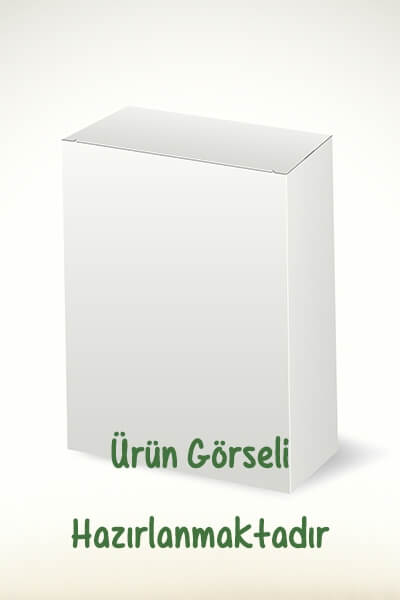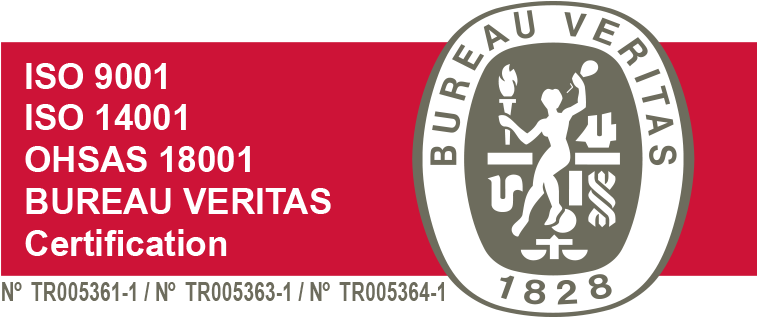Product Certificate and Label
| Name of Product | : LUTEA |
| Active Substance | : 240 g/L Clodinafob Propargyl + 60 g/L Cloquintocet- methyl (safener) |
| Formulation Type | : Emulsion Concentrate (EC) |
| Feature | : Systemic, selective, post emergence |
| Group | : A,1 |
| Environmental Effect | : Toxic to bees and fishes. |
| Antidote | : There is no specific antidote. Treatment is administered according to the symptoms. |
MARKET PRESENTATION: 1 L
-LUTEA 240 EC is not recommended to be used in products other than wheat.
LUTEA is taken from the leaves of narrow-leaved weeds. Active growth of narrow-leaved weeds sensitive to the plant protection product stops within 48 hours. Depending on the grass species and environmental conditions, the effects of the product are seen within one to three weeks.
Rotting of weed nodes and growth points, yellowing of young leaves followed by death occurs. It is not affected by the precipitation that occurs 2-3 hours after the application. The excipient (safaner) in the formulation of the product; It increases the selectivity of the product on wheat by promoting metabolism. It is very well tolerated by wheat when used in the recommended period and dose.
PREPARATION OF THE PLANT PROTECTION PRODUCT TO BE APPLIED:
First, the Plant Protection Product scaled on recommendation dose is mixed with a small amount of clean water in a separate container. The application machine tank is filled halfway with water. The mix is added to the tank while the mixer is running. Mixing is continued while the tank is completed with water. Mixing is continued until the application is completed. The amount of water to be used per decare should be 20-40 liters and fan jet nozzle should be used in applications. The pesticide should be used on the same day. Applications should be carried out during cool hours of the day, in windless or less windy weather conditions.
CALIBRATION:
Calibration of the machine should be done before application. In order to determine the amount of water to be used per decare, the tank of the machine is filled with water. It is determined how much area is wetted with this water and the amount of water to be used in the application is calculated.
CLEANING OF APPLICATION MACHINE:
Safely empty the storage of the application machine immediately after the application is completed. After filling the tank with clean water, start the mixer and spray system to ensure that all parts are washed. Do not wash near water sources. Do not drain washing water and waste into water sources.
USAGE OF PLANT PROTECTION PRODUCT:
LUTEA can be used at any time from the 3-leaf cycle of wheat to the end of fruiting (post-em) after wheat and foreign herbs have come out. The best result from LUTEA is obtained when it is applied in the circuit where the majority of foreign plants come out and actively grow in warm, humid conditions. Since LUTEA does not have a lasting effect, foreign substances with narrow leaves that come out after product application are not controlled. After the application, the application should not be done in cases where precipitation is expected within 2 hours.
Since LUTEA decomposes in the soil in a short time, its effect from the soil is negligible; therefore, there are no restrictions on alternation.
INFORMATION ON RESISTANCE:
LUTEA named plant protection product, according to its mechanism of action, is a herbicide classified as Group A,1. Repetitive applications of plant protection products with the same mechanism of action, encourages the development of resistance. Hence, do not exceed the total number of application recommended during the same season of LUTEA to delay development of resistance. In cases where the application needs to be repeated, take care to use plant protection products with different mechanisms of action (Group A,1 External).
MISCIBILITY:
It should not be used in mixed with plant protection products containing LUTEA Sulfonylurea. It can be used with wheat fungicides. It is recommended to make premix trials before mixing large quantities for application.
| PLANT TO BE USED AND HARMFUL ORGANISMS | ||
| PLANT NAME | NAME OF HARMFUL ORGANISMS | USAGE DOSAGE AND PERIOD |
| WHEAT |
Barren Wild Oats Littleseed Canarygrass Twitch grass Ryegrass Wild Oats Canarygrass= Awned canary-grass Shortspike canarygrass |
20 ml/da Preferably in the early tillering phase of wheat; applied until the end of tillering at the latest. |




